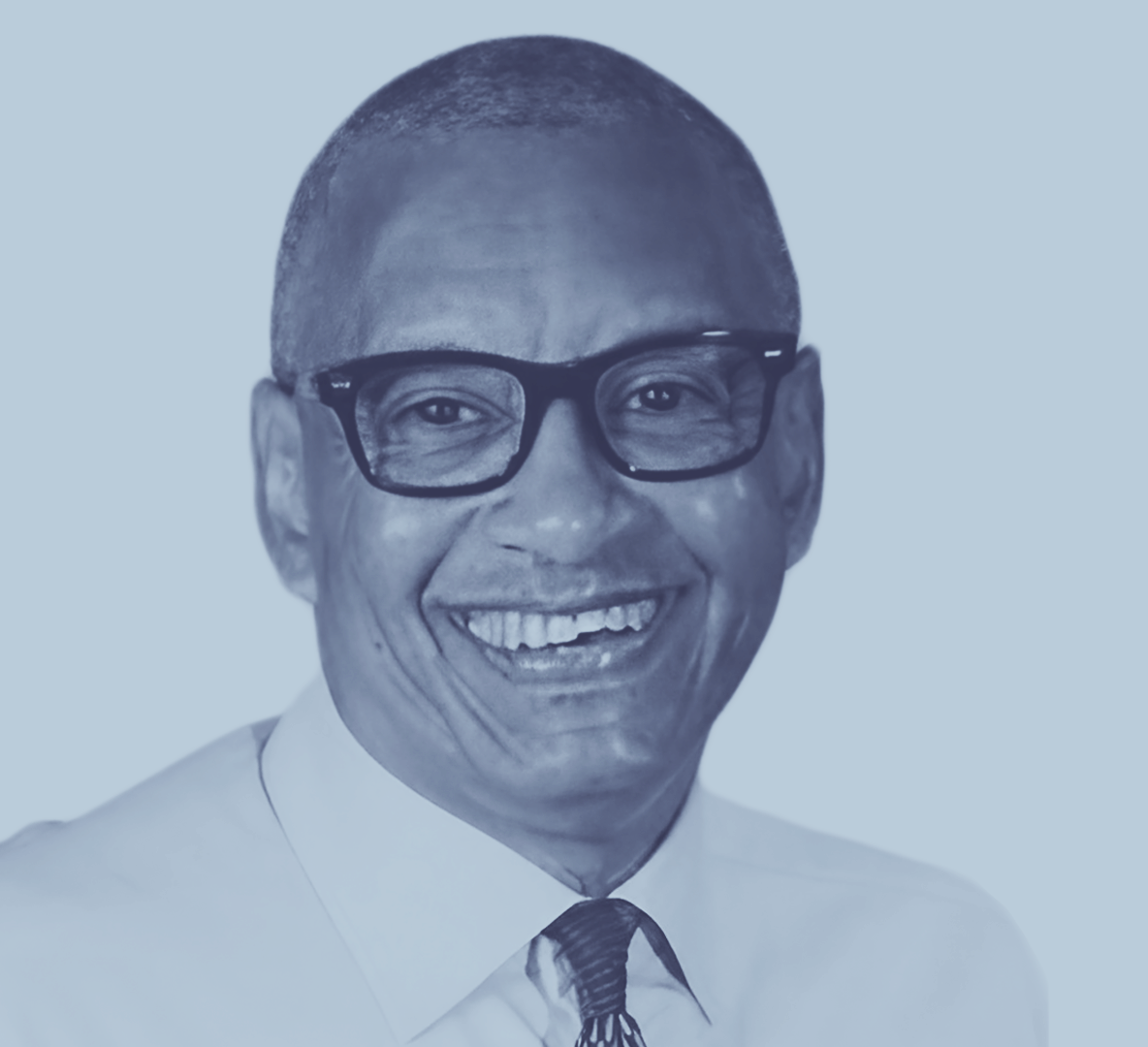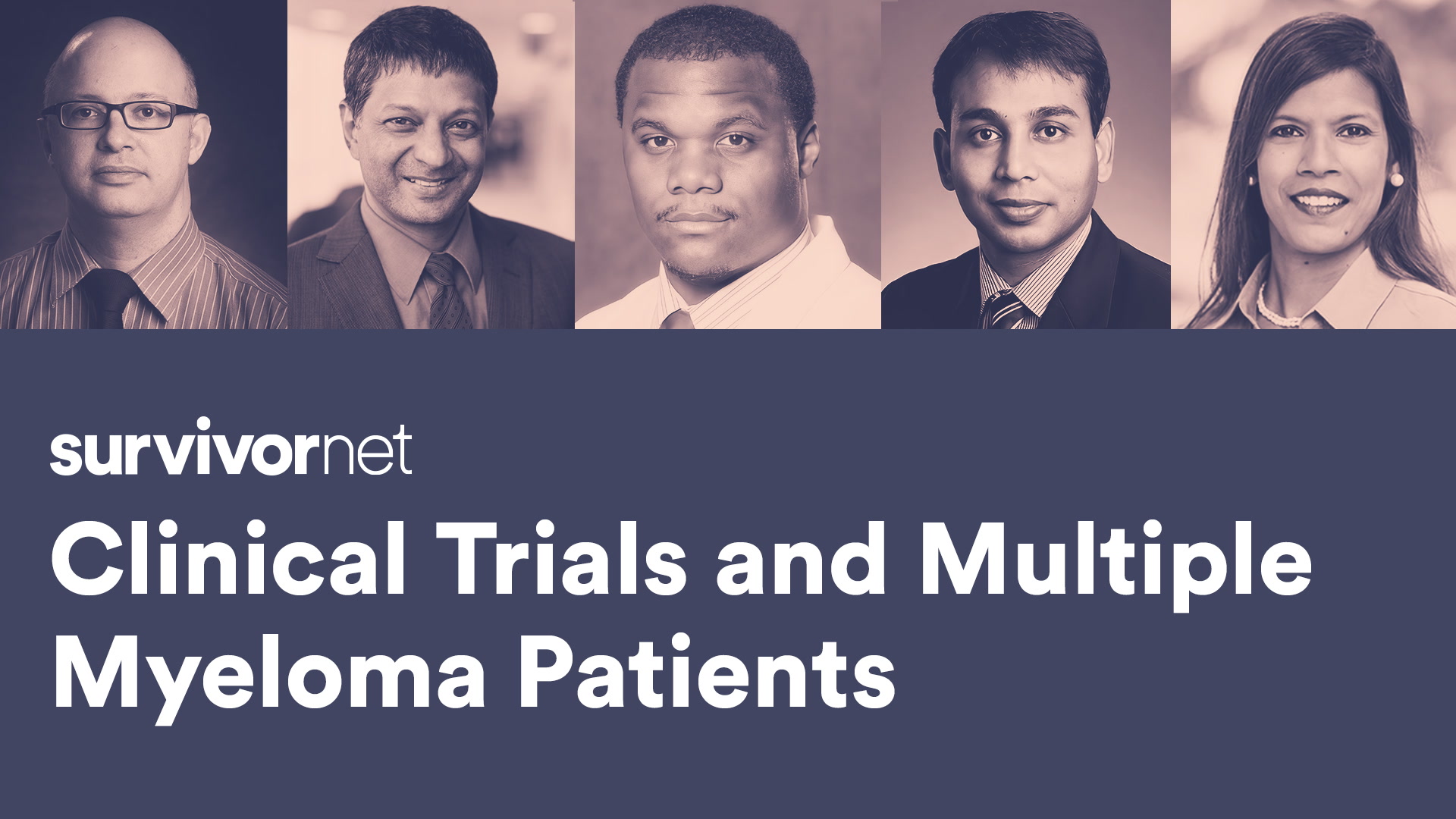Black Americans are 1.6 times more likely to trust medical information if they’re told by a Black physician compared to a white physician, according to a study conducted at NYU Grossman School of Medicine.
For many, this statistic is not surprising as many patients of color have long-standing mistrust towards the healthcare industry thanks to historical examples of using Black and brown bodies for experimentation.
During SurvivorNet’s 2024 “Close the Gap” conference, an annual event held to address disparities in cancer care, a panel of experts weighed in on trust issues among patients of color and how the healthcare industry can address this long-standing issue.
Dr. Marilyn Fraser, the Chief Executive Officer at the Arthur Ashe Institute for Urban Health (AAIUH), said proper training for physicians is a start, but it’s only the beginning.
“Training that starts in medical school and even earlier needs to be sensitive to culture and the things that have happened historically … We must increase the number of people of color working within healthcare so that it’s more diverse because diversity helps to bring to the forefront equity and the challenges that we have,” Dr. Fraser explained.
A history of mistrust
Among the most notable instances of racism in medicine include the 1932 U.S. Public Health Service (USPHS) Syphilis Study at Tuskegee. It involved 600 Black men, 399 with syphilis and 201 without the disease. The men involved were not offered penicillin to treat the disease. An advisory panel sanctioned by the Assistant Secretary for Health and Scientific Affairs found the Syphilis Study was “ethically unjustified.”
Another instance involved Henrietta Lacks, who sought medical treatment for what turned out to be a malignant tumor on her cervix. According to Johns Hopkins Medicine, Lacks’ cells obtained during a biopsy functioned differently than normal cells.
Her cells, also known as “HeLa cells, doubled every 20 to 24 hours,” while cells collected from others would die. Her cells have since been used to study the “effects of toxins, drugs, hormones and viruses on the growth of cancer cells without experimenting on humans.”
Problems arose once word spread; physicians kept Lacks’ family unaware her cells were being used without consent.
Medical experiments by the “Father of Gynecology,” James Marion Sims, the 19th-century physician who developed techniques still used today in women’s reproductive health, add to the distrust. Despite Sims’ development of long-lasting techniques, he did so at the expense of enslaved Black women.
The prices Black Americans paid because of these historical incidents are wide-ranging and still felt today. The distrust discourages Black Americans from engaging in clinical trials in larger numbers.
By not participating in clinical trials that test the effectiveness of new medical treatments, there is a lack of information on whether outcomes will be the same for these patients.
According to the Association of American Medical Colleges, “only 5.7% of physicians in the U.S. identify as Black or African American.” That small number fuels inequities in medicine and, if addressed, could boost the amount of trust Black Americans have in the healthcare system.
Communicating with diverse patient populations
Dr. Brandon Blue, a clinical instructor in the Department of Malignant Hematology at the Moffitt Cancer Center in Tampa, Florida, explained during the “Close the Gap” conference that increasing diversity within the healthcare profession extends beyond physicians.
“It’s not always the doctors. Yes, we know the numbers related to minority physicians, but we also need to get more minority nurses. All of the people who touch the patient. Most times, doctors are only in there with the patient for a short period of time. Meanwhile, nurses spend much more time with the patient,” Dr. Blue said.
Marecya Burton, a high school teacher and ovarian cancer survivor, says concerted efforts by doctors and nurses to learn how to best communicate with diverse patient populations can improve outcomes.
“You’re going to get a plethora of patients from different backgrounds and ethnicities, and if you don’t always understand their jargon or lingo or slang, ask so you can better understand what they need at that moment,” Burton explained.





